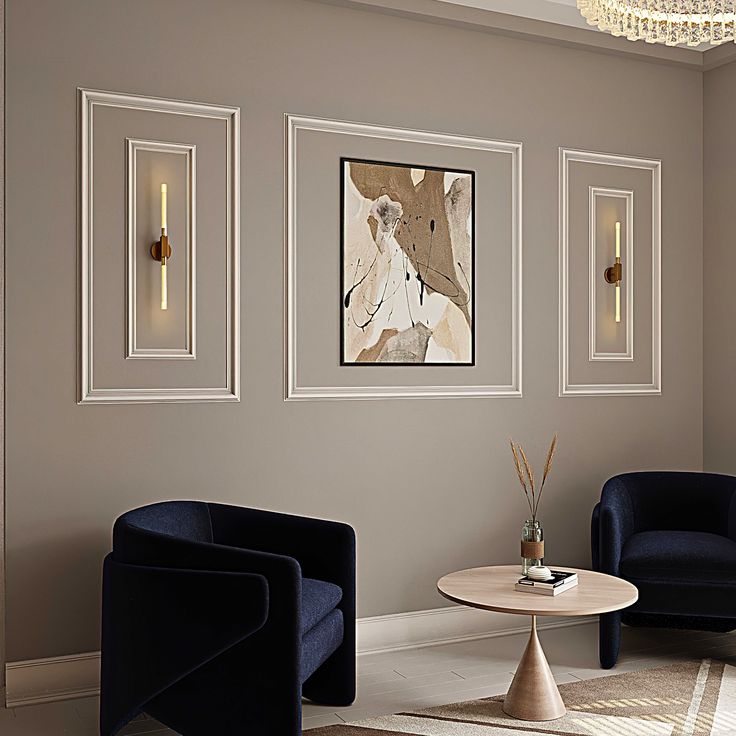Creating luxury wall panels can elevate your home’s aesthetic, but making the wrong material choices can lead to regret. One common mistake is using POP (Plaster of Paris) for molding. While POP may seem like an economical option, it comes with several drawbacks that make it unsuitable for certain areas. Here’s what you need to know before starting your wall paneling project.
1. POP is Too Delicate for Moldings
Plaster of Paris is a fragile material, making it highly prone to damage:
- Vulnerability to Impact: If you have kids in the house, accidental scratches with pencils or sharp objects can easily damage POP moldings.
- Cracking Issues: Due to its delicate nature, POP moldings are prone to developing cracks over time, especially if the wall isn’t perfectly smooth or has poor filling.
2. POP is Not a Long-Term Solution
While POP is cost-effective, it is not durable enough for high-traffic or frequently touched areas. Over time, the material’s weakness will show, leading to additional repair costs.
3. Use POP Only in High, Untouched Areas
If you’re creating moldings at a height where they won’t be touched often—such as on ceilings or upper walls—POP can be a suitable choice. However, for lower walls and areas that people interact with regularly, it’s best to avoid POP entirely.
4. Alternatives to POP for Durable Moldings
For long-lasting and durable wall panels:
- Consider wooden moldings for a sturdy and elegant look.
- Use PVC moldings for high-durability and moisture resistance.
- Opt for pre-fabricated materials that combine durability with aesthetic appeal.
Conclusion:
POP may be affordable, but it’s not a reliable solution for luxury wall panels, especially in lower or frequently touched areas. Invest in stronger materials for better durability and a lasting impression. Share this blog with anyone considering POP for their wall paneling project—it might just save them from costly mistakes!

